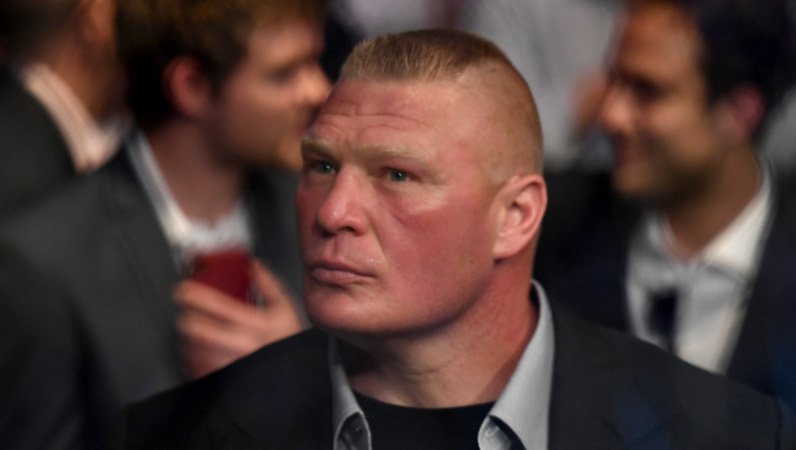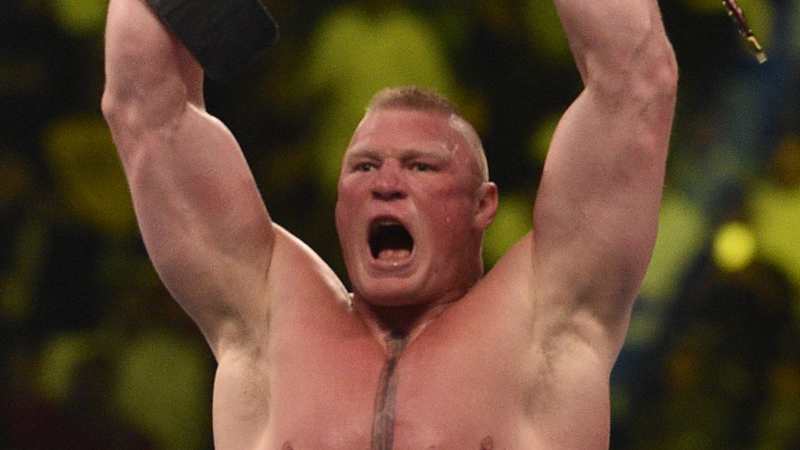
From 2012 to 2019, it seemed like WWE had a major affinity towards part-time superstars and their status in WWE. Just to explain it to those who aren’t fully aware – a part-time superstar is when a legend (or big name) works a relaxed scheduled as compared to full-time WWE superstars, who are essentially on the road week-in and week-out in a year.
We’re well aware of just how grueling the life of a WWE superstar can be. They love what they do, but it comes with a major sacrifice. Personal time and time with family is severely cut down, and apart from just the weekly television tapings and Pay-Per-Views, WWE superstars have to perform every week on live events in smaller towns (to the most part) and have all sorts of media obligations as well.
To add to it, they have to squeeze time in between to get their workout on and eat healthy as well. Part-time superstars don’t have to undergo this schedule. They wrestle maybe a few times a year at most, and make relatively sparse appearances on television. However, with many of the part-timers, you could argue that they fully deserve it.
The Undertaker was the first to move into a “part-time” status after his run in 2010, and soon after, Brock Lesnar followed suit along with Triple H. With Lesnar, it was a different case. Prior to his second WWE run, he had only been with the company for around 2 years (which is mindblowing considering the impact he had).
Lesnar was vocal about the fact that he was sick of the schedule, one that burned him out and made him turn to alcohol and pills at times. He would try to have a career in the NFL, but didn’t manage to get through. The field which he did find success at, however, was Mixed Martial Arts. After his first fight, he made the jump to the UFC, where he was naturally a major box-office draw. However, he was no slouch by any means, as he would defeat fighters of the highest stature to quickly capture the World Heavyweight Championship.
His stardom would reach new heights and after a battle with diverticulitis, he was forced to retire. His WWE comeback saw him receive a relaxed schedule, wrestling around 4 times a year. Vince McMahon felt that he deserved the schedule, because of his box office value and to make him feel like a special attraction.
The last of that era who joined the part-time status was none other than John Cena (though Goldberg and Kurt Angle can be counted too), who began a slow transition to Hollywood in late 2015. There’s absolutely no doubt that Cena earned the scheduled, given that he carried the company on his shoulders for a decade, longer than Hulk Hogan, The Rock and ‘Stone Cold’ Steve Austin.
The issue that many fans had with these part-timers was that when the time came for WrestleMania, there was far too much emphasis given on them. In fact, the way they were treated and booked was such that they were the only “larger than life” characters on the show, which was quite problematic for the rest of the roster.
For one, the full-time roster was putting in their blood, sweat, and tears, and it would be understandably frustrating if they felt they weren’t getting their due at WrestleMania. After all, it is the biggest show of the year. A month or two prior, a bunch of part-timers would just pop up and take up all the marquee matches.
It’s more of a reflection of WWE’s current approach, where they aren’t pushing a superstar to be a draw, but the company in itself to be the big draw (which is an approach UFC is taking as well).
It’s fine in one sense, but year after year, WWE failed to capitalize on their current roster (which is arguably the best in the company’s history) and weren’t able to make bigger stars out of the superstars who are there night in and night out. However, with superstars like Triple H and John Cena, it’s quite different, because they’ve done a good job in putting over the superstars of the current generation.
Either way, 2018-19 saw a far bigger push of full-time superstars, and for the first time, even though there is a part-timer presence, WWE ca safely say that they don’t need any of them. There’s a far bigger emphasis on the full-time superstars, and it was something that was always inevitably going to happen.
2019 won’t be the end of part-timers in WWE, but it’s most definitely going to mark the end of their dominance, especially during WrestleMania season.





